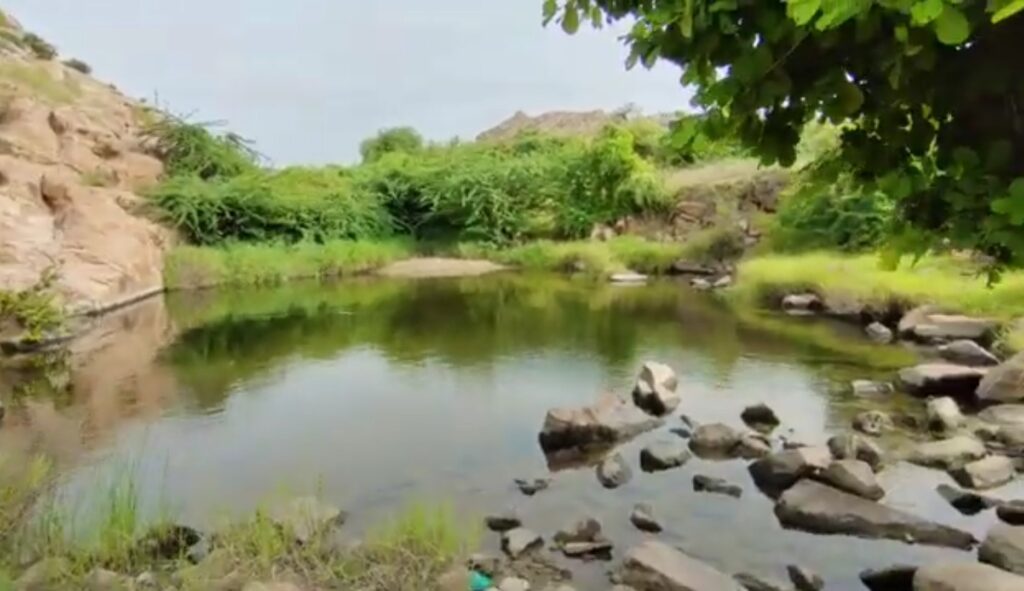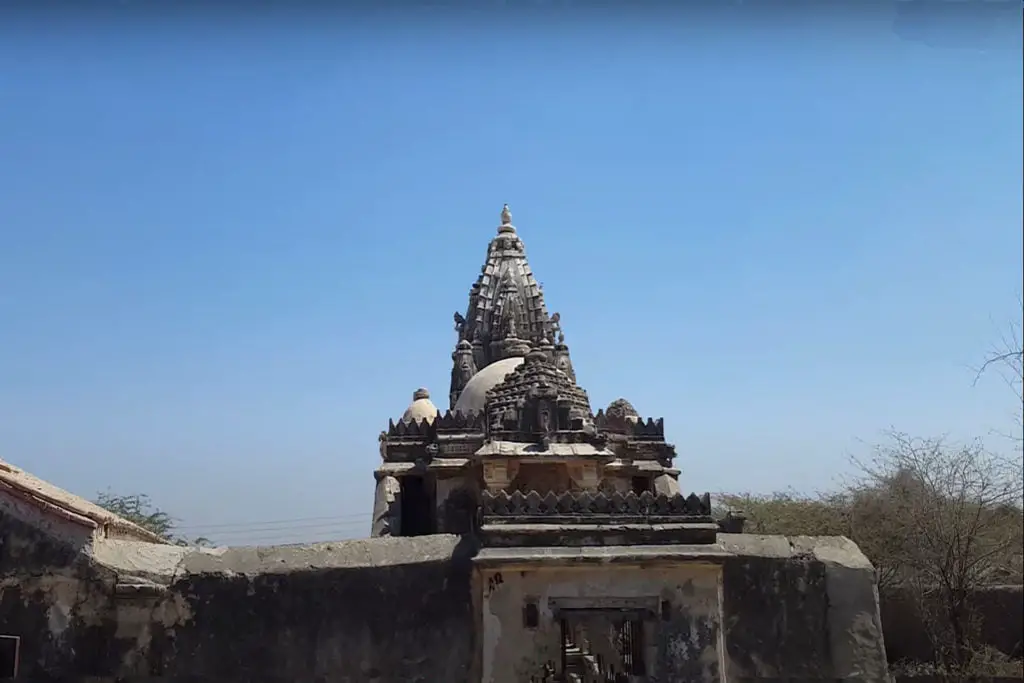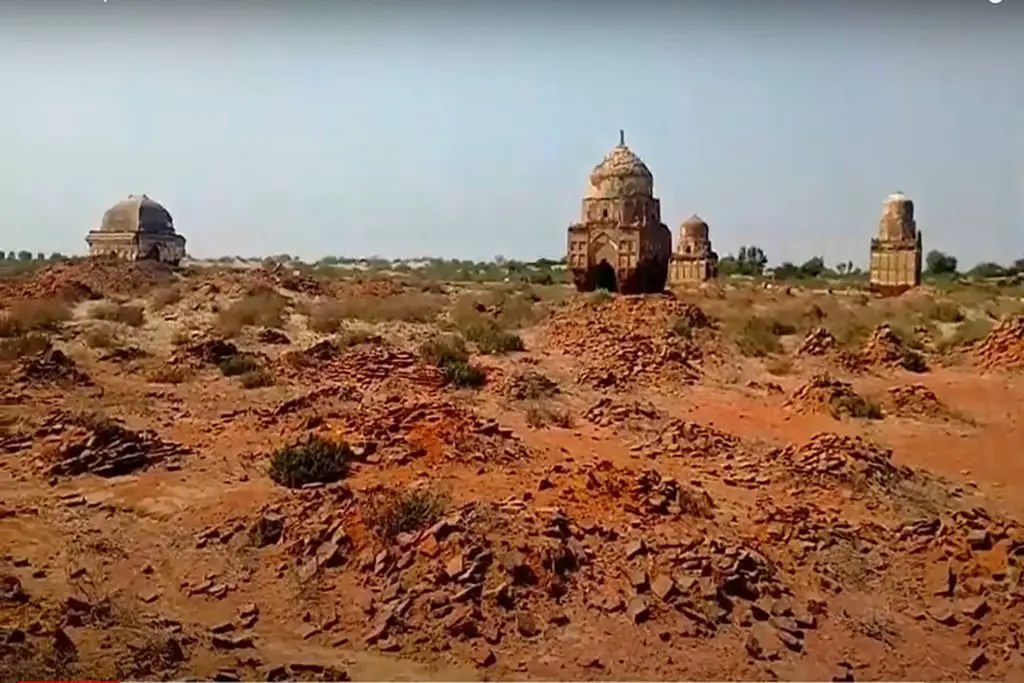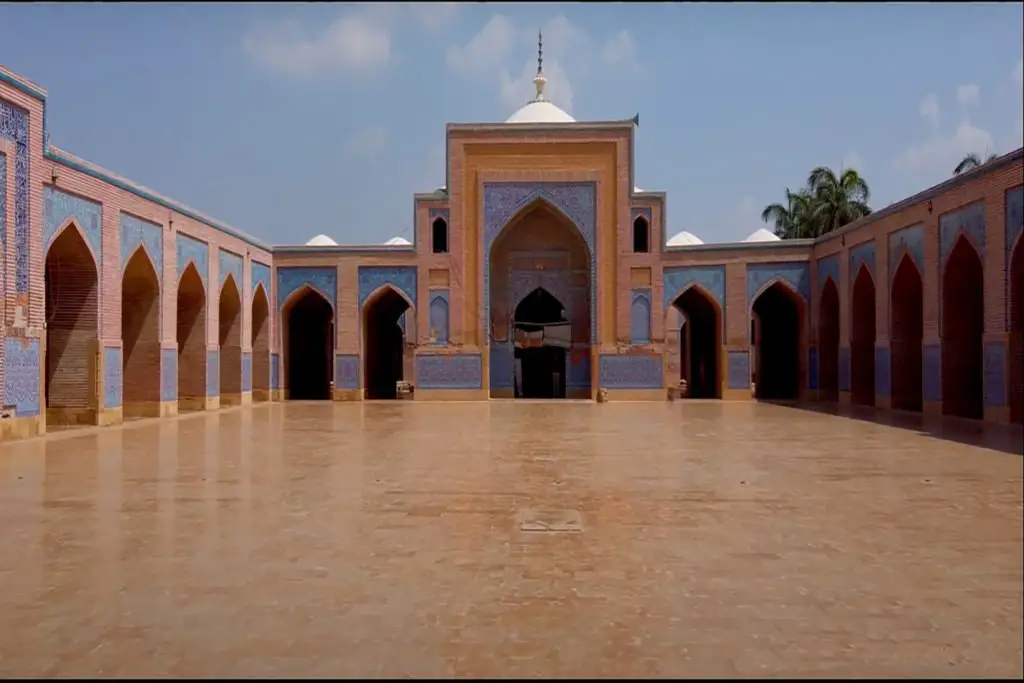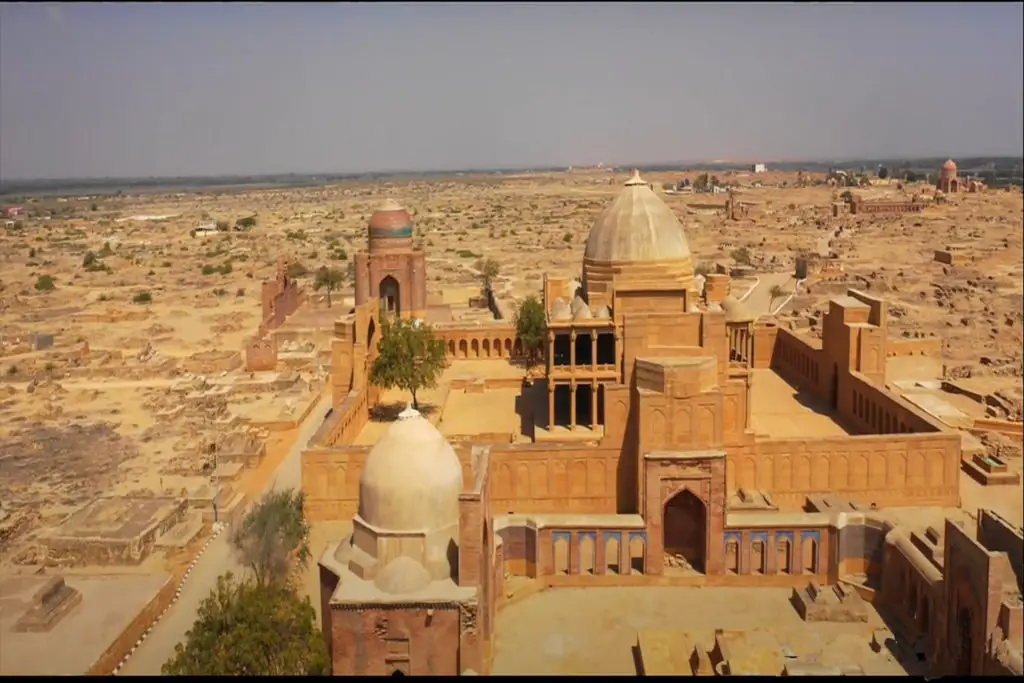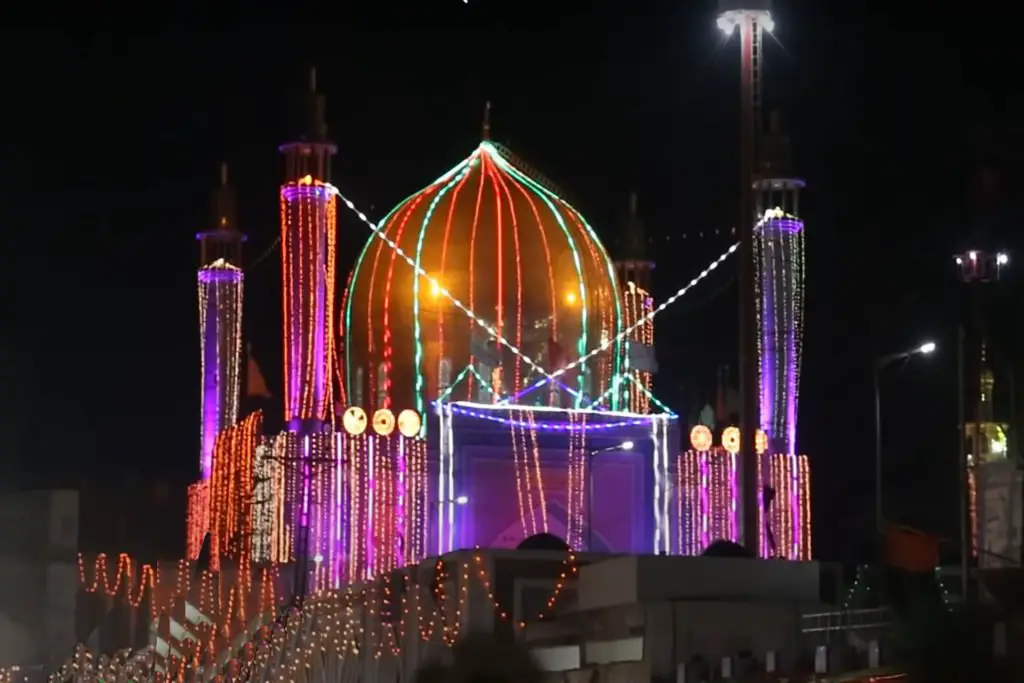Gao Mukhi Sindh is a small village in the Nagarparkar region of Sindh, Pakistan. The town is known for its unique culture, rich history, and beautiful natural surroundings.
One of the most notable features of Gao Mukhi is the presence of several ancient temples and shrines that are revered by the local community. These temples are often the focal point of cultural and religious festivals, celebrated with great enthusiasm and fervor. The most famous temple in Gao Mukhi is the Gori Temple, which is believed to be more than 400 years old.
Aside from the temples, Gao Mukhi is also known for its stunning natural beauty. The village is surrounded by rolling hills, rocky outcrops, and verdant valleys, making it a popular destination for hikers, trekkers, and nature enthusiasts. Visitors to Gao Mukhi can explore the rugged terrain on foot, or enjoy a leisurely picnic in one of the many scenic spots scattered throughout the area.
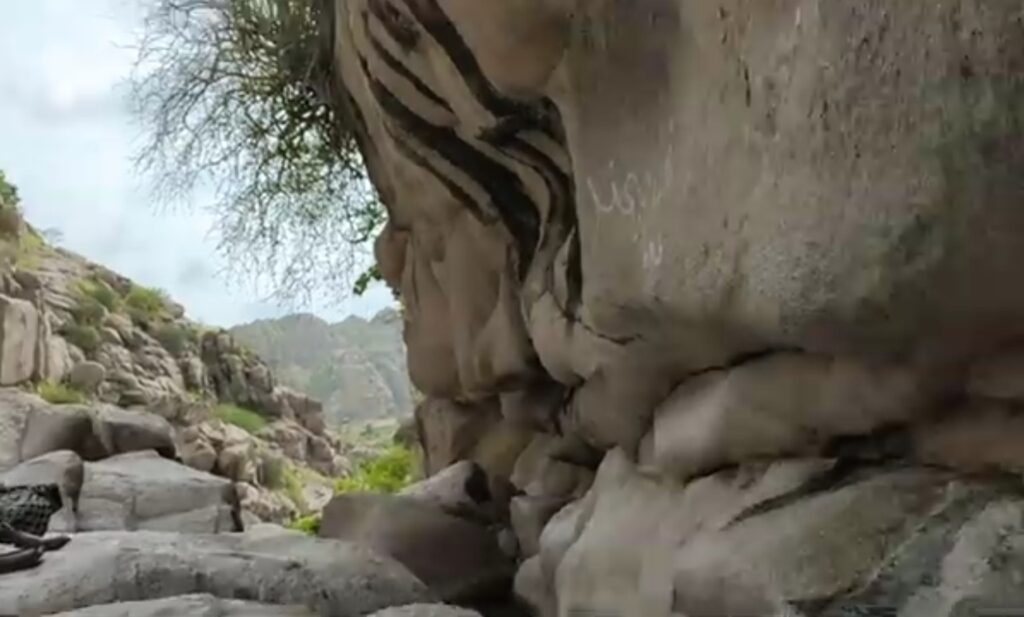
People of Gao Mukhi Sindh
The people of Gao Mukhi Sindh are predominantly Hindu, and their way of life is closely tied to the surrounding landscape. They rely on subsistence farming and livestock rearing for their livelihoods, and their traditional knowledge and practices have been passed down through generations. The village is also home to many skilled artisans, who produce beautiful handicrafts using traditional techniques.
Despite its remote location, Gao Mukhi Sindh has a vibrant and close-knit community that is known for its hospitality and warmth. Visitors to the village are often welcomed with open arms and treated to traditional food and drink, as well as music and dance performances.
Overall, Gao Mukhi is a fascinating and unique village that offers visitors a glimpse into a way of life that is steeped in tradition and closely tied to the surrounding natural environment. With its ancient temples, stunning landscapes, and welcoming community, Gao Mukhi is a destination that should not be missed by anyone visiting the Nagarparkar region of Sindh.

